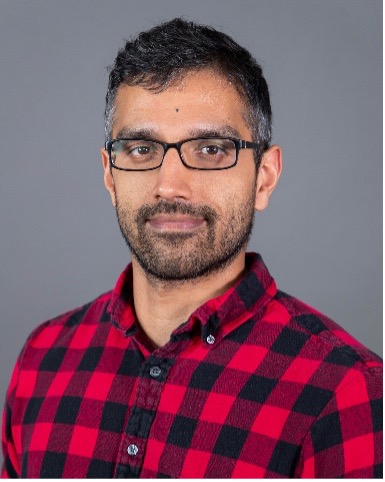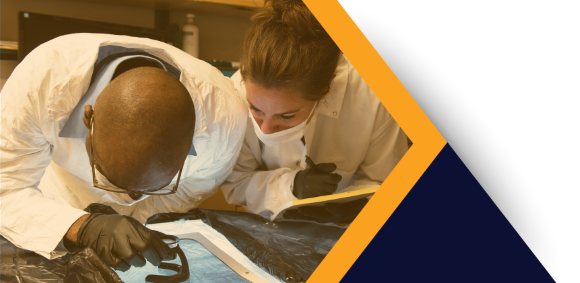Meet Kevin Singh

Dr. Kevin Singh
Advisor: Hannes Bernien
Institution: University of Chicago
Bio: Dr. Kevin Singh is an IC Postdoctoral Fellow in the Bernien Lab at the Pritzker School of Molecular Engineering at the University of Chicago. He received his S.B. in Physics (2013) from the Massachusetts Institute of Technology and his Ph.D. in Physics (2019) from the University of California, Santa Barbara working with Prof. David Weld. His main research interests are in the development of new tools and strategies to control the behavior of strongly interacting manybody quantum systems for novel real-world applications and devices. During his Ph.D., he built an ultracold atom experiment that uses Bose-Einstein condensates of lithium atoms in stronglydriven optical lattices to study non-equilibrium quantum phenomena. As an IC Postdoc, he is building a dual-element programmable quantum simulator that currently operates with over several hundred individual rubidium and cesium atomic qubits prepared in two-dimensional optical tweezer arrays. An important component of his research involves using machine learning techniques, in particular Bayesian inference and reinforcement learning, to improve the quantum sensing capabilities of the quantum simulator and to optimize the preparation fidelity of largescale highly entangled quantum states.
Abstract: Engineering and Control of Large-Scale Rydberg Atom-Based Quantum Devices
Arrays of neutral atoms are powerful platforms for building large-scale programmable quantum machines and have important applications in quantum sensing, quantum information processing, and the development of quantum networks. In the Bernien lab, I am working on a new approach for developing neutral atom-based quantum devices by interweaving two species of atomic qubit arrays with vastly different atomic resonances (rubidium and cesium) to suppress qubit crosstalk and open up new research avenues for multi-qubit manipulation and error-correction. Strong interactions between the atomic qubits are engineered by coherently exciting the atoms to highly excited principle quantum number states called Rydberg states. In addition to generating interactions, these Rydberg states are ideal quantum sensors for the measurement of static electric fields, static magnetic fields, and of electromagnetic radiation spanning from the radiofrequency to terahertz spectrum. In particular, I am investigating how we can use a combination of machine learning techniques and the sensitivity of these Rydberg states to rapidly measure the electric and magnetic field environment to improve both the Rydberg atom as a quantum sensor and to optimize the performance and stability of our programmable quantum device.



